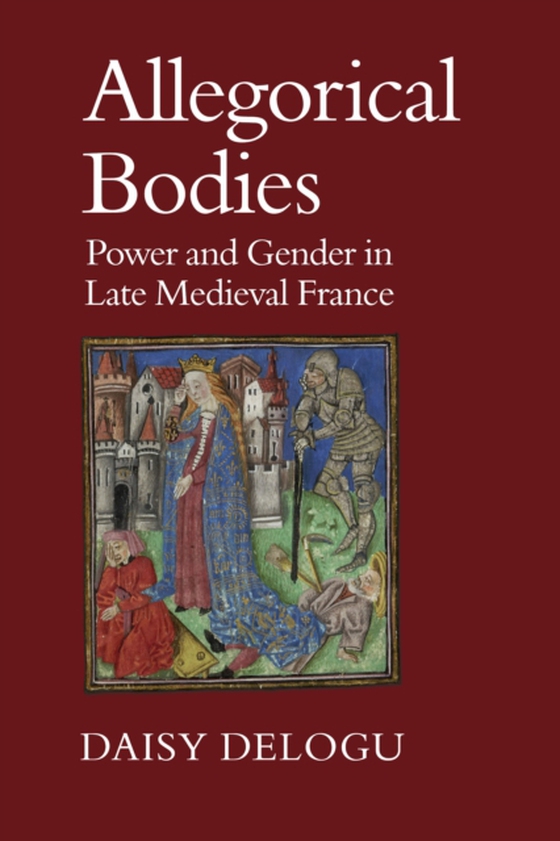
Allegorical Bodies e-bog
619,55 DKK
(inkl. moms 774,44 DKK)
Allegorical Bodies begins with the paradoxical observation that at the same time as the royal administrators of late fourteenth and early fifteenth-century France excluded women from the royal succession through the codification of Salic law, writers of the period adopted the female form as the allegorical personification of France itself. Considering the role of female allegorical figures in t...
E-bog
619,55 DKK
Forlag
University of Toronto Press
Udgivet
15 januar 2015
Længde
288 sider
Genrer
HBLC1
Sprog
English
Format
epub
Beskyttelse
LCP
ISBN
9781442622814
Allegorical Bodies begins with the paradoxical observation that at the same time as the royal administrators of late fourteenth and early fifteenth-century France excluded women from the royal succession through the codification of Salic law, writers of the period adopted the female form as the allegorical personification of France itself. Considering the role of female allegorical figures in the works of Eustache Deschamps, Christine de Pizan, and Alain Chartier, as well as in the sermons of Jean Gerson, Daisy Delogu reveals how female allegories of the Kingdom of France and the University of Paris were used to conceptualize, construct, and preserve structures of power during the tumultuous reign of the mad king Charles VI (1380–1422).An impressive examination of the intersection between gender, allegory, and political thought, Delogu’s book highlights the importance of gender to the functioning of allegory and to the construction of late medieval French identity.
 Dansk
Dansk

